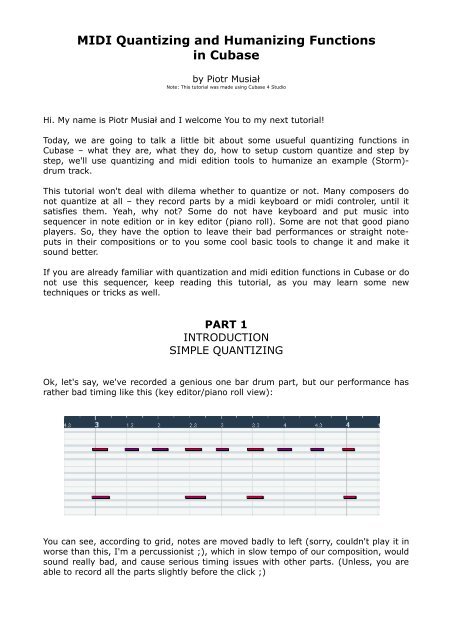

For example, a person's age is usually quantized to the number of years they have been alive as of their last birthday.


Values can be "rounded" to a commonly-agreed standard for simplicity. There are many more definitions and uses for quantizing. Most often apparent in the shadow areas of scanned images. In images scanners, quantization is the process of forcing similar gray levels to the same level as a result of limited tonal resolution. For example, converting a photograph to GIF format requires the number of colors to be reduced to 256. the image quality is reduced due to the loss of some information).Ĭolor quantization is a method of reducing the number of colors required to represent an image. Image quantization is inherently lossy however (i.e. Video & Image Quantizationĭigital image quantization is the process of determining which parts of an image can be discarded or consolidated with minimal subjective loss. Some manufacturers refer to quantizing features as autocorrect. The music track is analysed and stretched in time so that beats are evenly distributed, eliminating timing errors. Quantization can also refer to the process of correcting the timing of a musical performance. 8-bit quantization = 256 possible values 16 bit quantization = 65,536 possible values, etc. The range of possible amplitude levels are defined by the bit depth, e.g. sound waves) and converting it to a series of individual samples, each of which has an amplitude value. Audio Quantizationĭigital audio involves taking an analog waveform (i.e. Quantization has a number of applications in digital image and audio production. The bit depth (number of bits available) determines the accuracy and quality of the quantized value. This is a function of analog-to-digital converters, which create a series of digital values to represent the original analog signal. Quantization is the process of converting a continuous range of values into a finite range of discreet values.


 0 kommentar(er)
0 kommentar(er)
